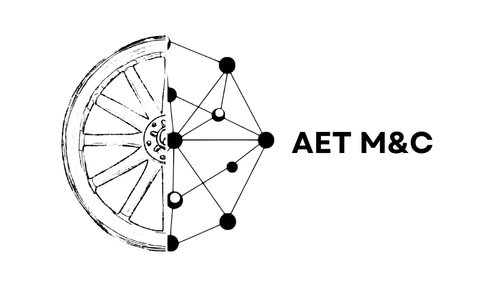Connectivity
The internet and telecommunications sector continues to witness remarkable advancements and transformative changes that shape the way we communicate and do business. Recent developments highlight the growing influence of 5G technology, which promises faster speeds and more reliable connections, enabling innovations in various industries, from healthcare to autonomous vehicles. As businesses increasingly adopt cloud solutions, the demand for robust cybersecurity measures becomes more critical than ever. Furthermore, the convergence of artificial intelligence with telecommunications is enhancing customer experiences and streamlining operations for service providers. In the face of rapid technological progress, companies are also adapting to regulatory challenges and public concerns regarding data privacy. Staying abreast of these trends is essential for businesses to remain competitive in a fast-evolving digital landscape where connectivity is paramount.


Connectivity has been a cornerstone of human progress, enabling communication, collaboration, and innovation across societies. From ancient signaling methods to today’s high-speed digital networks, the way we connect has transformed every aspect of our lives. As technology continues to evolve, new opportunities and challenges emerge in the realm of connectivity.
From ancient smoke signals and messenger systems to the internet and wireless technology, connectivity has evolved through key innovations like the telegraph, telephone, radio, and digital networks, transforming communication into a fast and global phenomenon.
Modern Digital Connectivity Solutions
Today, digital connectivity underpins nearly all aspects of life and industry. Some key advancements include:
5G Networks: Offering ultra-fast speeds and low latency, 5G enables enhanced mobile experiences and supports emerging technologies like IoT and autonomous systems.
Cloud Computing: Facilitating remote work, data storage, and collaboration on a global scale.
Internet of Things (IoT): Connecting devices, from smart homes to industrial sensors, enabling real-time monitoring and automation.
Satellite Internet: Expanding connectivity to remote and underserved areas through projects like Starlink and OneWeb.
Blockchain & Decentralized Networks: Providing secure and transparent data exchange in finance, supply chains, and beyond.
Challenges in Today’s Connectivity Landscape
Despite rapid advancements, modern connectivity faces several key challenges:
Digital Divide: Many regions still lack access to reliable internet, limiting economic and educational opportunities.
Cybersecurity Threats: As connectivity grows, so do risks related to data breaches, hacking, and misinformation.
Infrastructure Limitations: Many countries struggle with outdated networks that hinder progress and accessibility.
Privacy Concerns: The increasing amount of personal data shared online raises ethical and regulatory challenges.
The Future of Connectivity
The future of connectivity is centered on inclusivity, security, and innovation. Emerging technologies such as AI-driven networks, quantum computing, and edge computing will further transform how we communicate and interact. Governments, businesses, and communities must collaborate to bridge the digital divide, enhance cybersecurity, and build a more connected world.
As we navigate this evolving landscape, knowledge-sharing communities play a vital role in fostering discussions, innovation, and solutions for a more connected future. Join us in exploring the next frontier of connectivity!


